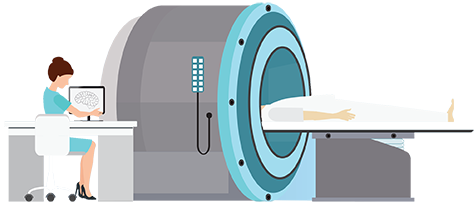

Radiology technology and diagnostic sonography are sister fields, related, but quite different.
Radiology technologists specialize in radiation imaging and therapy, using X-ray, computer tomography and medical resonance imaging to capture images of the human body. On the other hand, sonographers are trained to use ultrasound technology, which emits sound waves to take internal images of the body.
Prospective students interested in pursuing a career in either field have several educational options. Training programs can be found at the certificate, associate or bachelor’s degree level in various areas, such as:
Typically, training for work in either field includes a mix of both classroom learning and clinical experience.
After completing their education, students of either degree focus may choose to pursue a variety of post-graduate credentials or certifications. These options include, but are not limited to, the following:
The American Registry for Diagnostic Medical Sonography offers credentials in several areas, including the following:
Candidates must meet eligibility requirements, possess the proper prerequisites and pass an examination to earn ARDMS credentials.
The American Registry of Radiologic Technologists provides certification at two levels: primary (5 certifications) and post-primary (9 certifications). Example primary certifications include:
Individuals pursuing primary certification must meet academic requirements and meet competency requirements prior to registering for examinations.
Radiologic techs pursuing post-primary certification need to posses primary certification in an appropriate discipline as well as meet clinical experience requirements. Example post-primary specialty certification areas include Mammography, Bone Densitometry and Vascular Sonography.
Both fields should experience significant employment opportunity growth between 2012 and 2022, according to data from the Bureau of Labor Statistics. During that time, job openings are expected to increase by 46 percent and 21 percent nationally, for diagnostic medical sonographers and radiology technologists, respectively.
If you’re ready to get started, find radiology or sonography schools in your area.